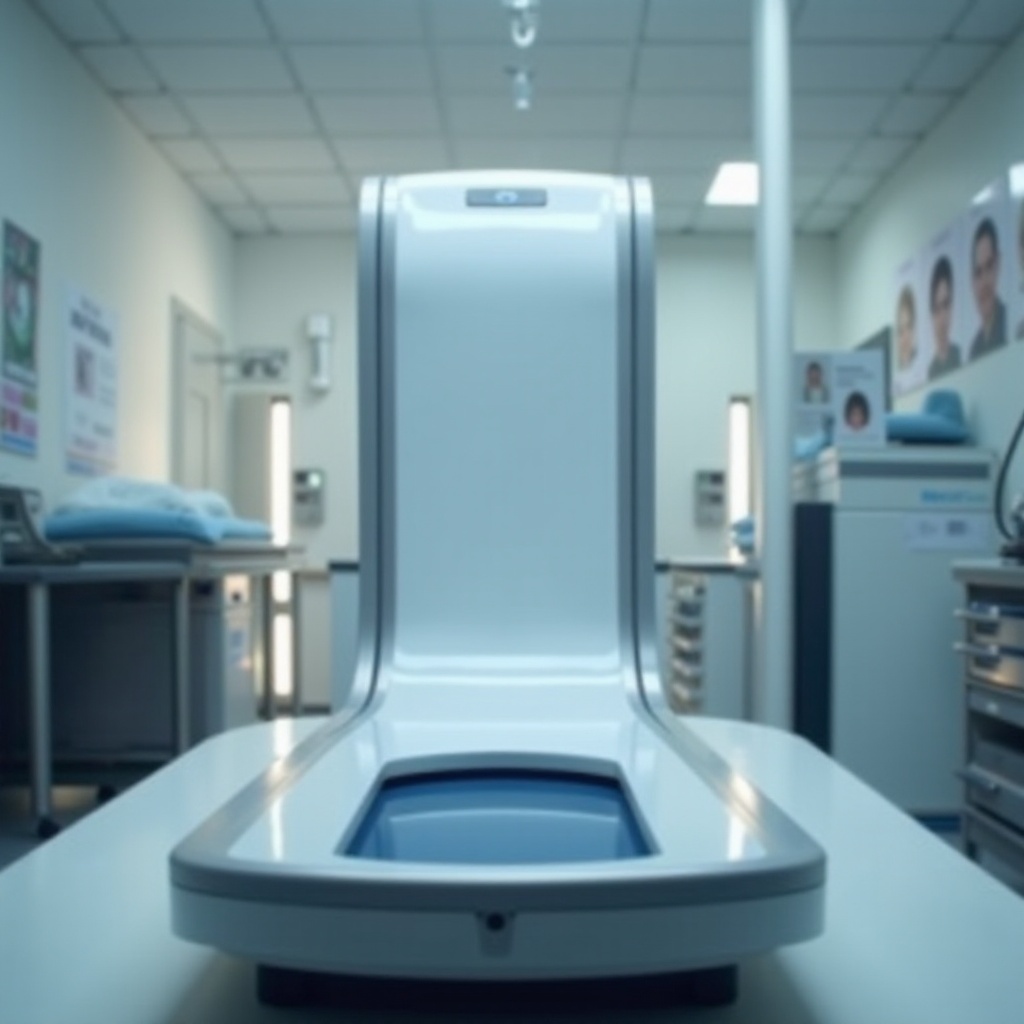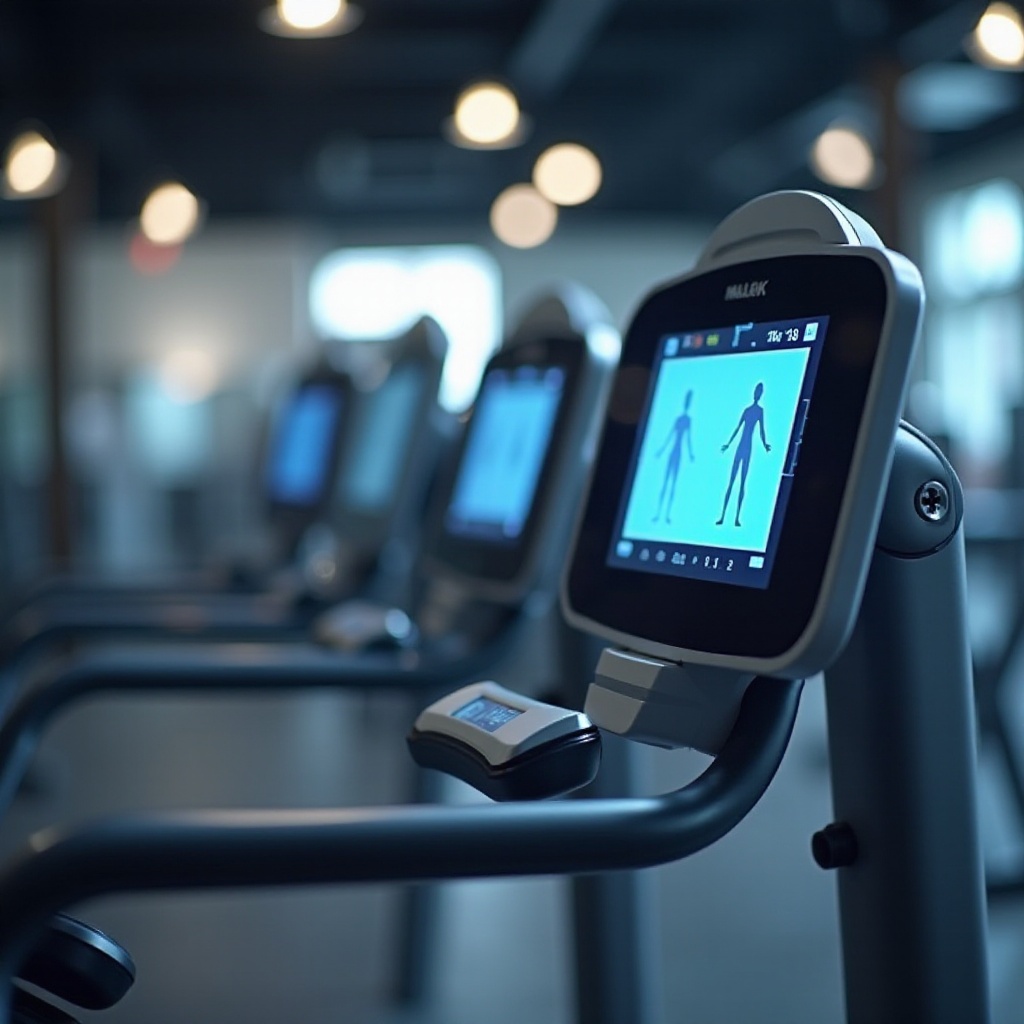Introduction
Body fat scanners have become increasingly popular for measuring body composition. Whether you are an athlete striving for peak performance or someone aiming to improve general health, understanding body fat levels can be crucial. However, the primary question on many users’ minds is, ‘How accurate are body fat scanners?’ This article delves into the different types of body fat scanners, the science behind their operation, and the factors that influence their accuracy. By the end, you will have a thorough understanding to help you make informed decisions about the best method for you.

What Are Body Fat Scanners?
Body fat scanners are devices designed to measure the percentage of fat in your body. Unlike weighing scales, which only provide your body weight, body fat scanners offer a detailed picture of your health by distinguishing between fat, muscle, bone, and water content. This information is crucial for those tracking fitness goals, as body composition can change even if your weight remains constant.
There are various types of body fat scanners available on the market, each using different technologies to provide a body fat percentage reading. Understanding how each scanner works can help you better assess their accuracy and suitability for your needs.
Types of Body Fat Scanners
Bioelectrical Impedance Analysis (BIA)
Bioelectrical Impedance Analysis (BIA) is one of the most common methods for assessing body fat. It measures the resistance of body tissues to a small, harmless electrical signal passed through the body. Since fat and muscle conduct electricity differently, the device can estimate body composition based on the resistance encountered.
Dual-Energy X-Ray Absorptiometry (DEXA)
Dual-Energy X-Ray Absorptiometry (DEXA) is a sophisticated imaging technique that uses low-level x-rays to differentiate between bone, muscle, and fat tissues. This method is often used in medical settings due to its high accuracy and detailed imaging capabilities.
Skinfold Calipers
Skinfold calipers measure the thickness of subcutaneous fat at specific body sites. The readings are used in equations to estimate total body fat percentage. This method requires a skilled technician to ensure accuracy and consistency.
Hydrostatic Weighing
Hydrostatic weighing, also known as underwater weighing, involves submerging a person in water to measure body density. Body composition is calculated based on the principle that fat is less dense than water, making it a very accurate but cumbersome method.

The Science Behind Each Scanner
How BIA Works
BIA operates by sending a small electrical current through the body and measuring the resistance to the current. Muscles, which contain a high amount of water, conduct electricity well, while fat offers greater resistance. By analyzing the resistance, BIA devices estimate the percentage of body fat. However, hydration levels, recent food intake, and exercise can influence the readings.
DEXA Technology
DEXA works by emitting two x-ray beams at different energy levels. These beams pass through the body and are absorbed differently by bone, muscle, and fat tissues. The data is then used to create a detailed image and precise body composition analysis. Despite its high accuracy, DEXA scans are expensive and require specialized equipment and professionals.
Skinfold Measurement Techniques
Using calipers, skinfold measurements involve pinching the skin at specific locations to measure the thickness of fat layers underneath. The measurements are then entered into formulas, which translate them into body fat percentages. Accuracy hinges on the skill of the person using the calipers, the consistency of the site measurements, and the specific equation used.
Hydrostatic Weighing Method
Hydrostatic weighing is based on Archimedes’ principle, which states that the buoyant force on a submerged object is equal to the weight of the water it displaces. By comparing the weight of the person in air to their weight underwater, body density can be calculated. This method requires full immersion in water and specialized equipment, making it less accessible.

Factors Influencing Scanner Accuracy
The accuracy of body fat scanners can be influenced by several factors:
- Hydration Levels: BIA results can vary based on how hydrated you are, as water affects electrical resistance.
- Eating and Exercise: Recent food intake or physical activity can alter body composition temporarily, impacting readings.
- Technician Skill: Methods like skinfold calipers require skilled operators for consistent results.
- Device Quality: Higher-quality devices generally provide more reliable and precise measurements.
Recent Research and Studies
Recent studies have evaluated the accuracy of various body fat scanners. Research indicates that DEXA often provides the most accurate results due to its advanced imaging technology. For example, a study published in the Journal of Clinical Densitometry found that DEXA is highly accurate when compared to other methods. BIA devices are generally reliable but less so than DEXA, with accuracy improving with more advanced models.
In contrast, skinfold calipers can yield variations based on the technician’s expertise. Hydrostatic weighing is still considered a gold standard, though its practical limitations restrict its usage. Continuous advancements in technology may improve the accuracy and accessibility of these methods in the future.
Practical Tips for Accurate Measurements
To achieve the most accurate body fat measurements, consider the following tips:
- Consistency: Use the same method and device each time you measure.
- Time of Day: Measure at the same time of day under similar conditions.
- Preparation: Avoid eating or exercising immediately before measurement.
- Hydration: Maintain consistent hydration levels to avoid skewing results.
By following these tips, you can ensure more reliable and consistent body fat measurements.
Conclusion
Understanding body fat composition is crucial for anyone focused on fitness and overall health. While no method is absolutely perfect, choosing the right body fat scanner and using it correctly can provide valuable insights. From the accessible BIA devices to the highly precise DEXA scans, understanding the strengths and limitations of each can help you make informed decisions and accurately track your progress.
Frequently Asked Questions
How often should you use a body fat scanner?
It depends on your goals, but generally, once a month is sufficient to track progress without being influenced by daily fluctuations.
Are body fat scanners safe for everyday use?
Yes, most body fat scanners, including BIA and DEXA, are safe for regular use. However, frequent DEXA scans should be avoided due to low-level x-ray exposure.
Which body fat scanner is best for home use?
BIA devices are often recommended for home use due to their ease of use and affordability. Ensure you choose a high-quality model for better accuracy.

